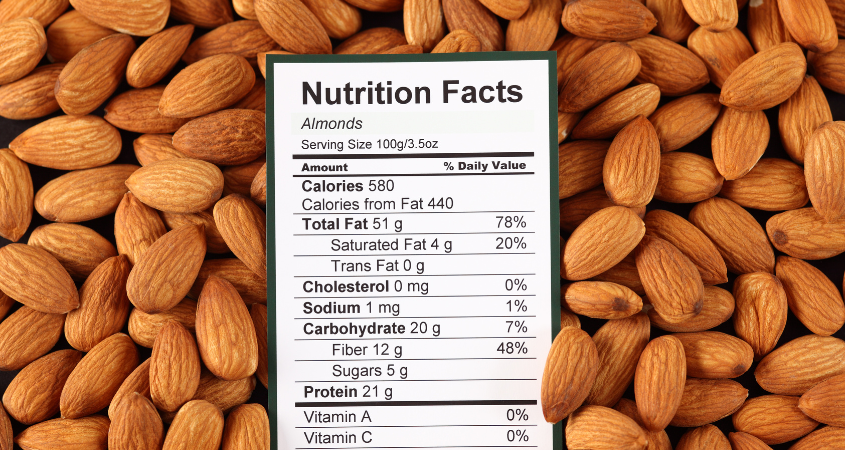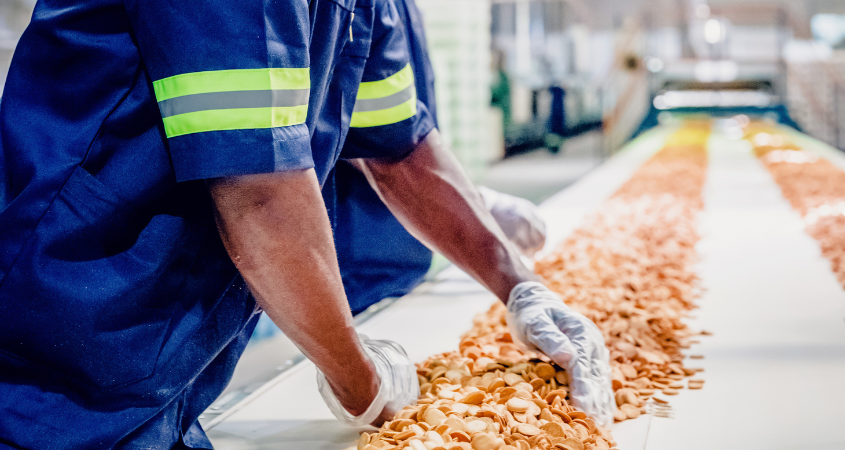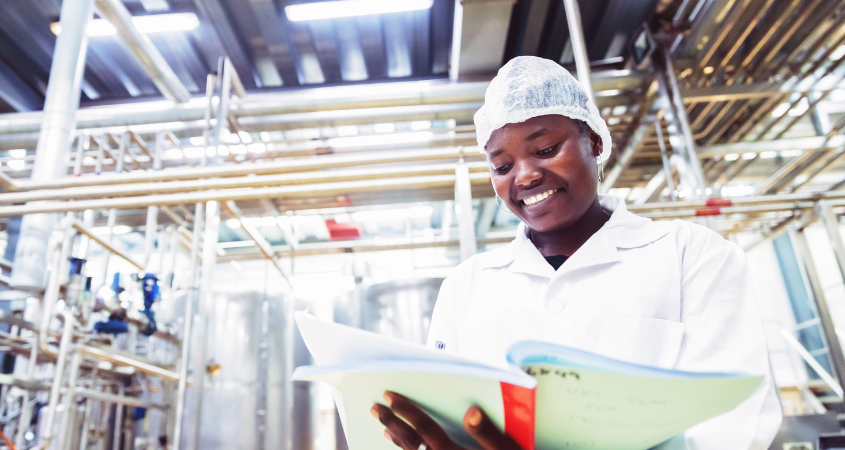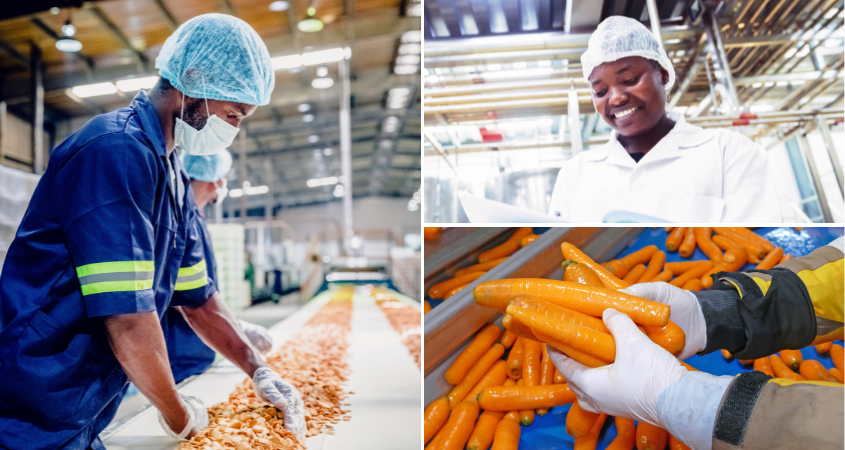
Food safety and public health are intrinsically connected, with the safety of the food supply playing a critical role in ensuring the overall health and well-being of the population. Here’s a detailed breakdown of how these two areas are interconnected: 1️⃣ Prevention of Foodborne Illnesses Food safety directly impacts public health by preventing foodborne illnesses. […]
Read More
In the pursuit of a healthier and sustainable food supply, prioritizing pesticide-safe food products has become paramount. Let’s delve into key strategies that safeguard our plates from unwanted residues: 1. Integrated Pest Management (IPM) Adopting IPM practices minimizes reliance on chemical pesticides by integrating various pest control methods like biological controls and crop rotation, reducing […]
Read More
In the dynamic realm of agriculture, the use of pesticides is a double-edged sword. While essential for protecting crops, the potential risks associated with pesticide residues demand meticulous management. Let’s explore the multifaceted aspects of understanding and managing these risks: 1. Residue Persistence Pesticide residues, if not managed effectively, can persist on crops, soil, and […]
Read More
In the intricate tapestry of our dietary choices, accurate nutritional labeling emerges as a guiding thread, offering transparency and empowerment to consumers. Let’s delve into the vital significance of precise nutritional information on food labels: Informed Decision-Making Accurate nutritional labeling equips consumers with the knowledge needed to make informed decisions about their dietary choices. Whether […]
Read More
Food contaminants pose a significant challenge to the safety and quality of our food supply. Understanding these contaminants and their potential impact is crucial for maintaining the integrity of the food industry. Let’s explore some common contaminants and their implications for food products: Pesticides Residues from pesticides can remain on fruits, vegetables, and grains. Long-term […]
Read More
Ensuring the safety of the food we consume is a shared responsibility—from the producers to the consumers. At the heart of this responsibility lies the crucial practice of food testing. Let’s explore why food testing is paramount in guaranteeing the safety and quality of our food: Identification of Contaminants: Food testing allows for the identification […]
Read More
Food safety standards play a paramount role in ensuring the health and well-being of consumers while upholding the integrity of the entire food industry. Let’s delve into the key reasons why these standards are of utmost importance: Consumer Health Protection: Food safety standards are designed to safeguard consumers from potential health hazards. By setting limits […]
Read More
Food safety standards are a set of regulations and guidelines designed to ensure that food products are safe for consumption. These standards cover a wide range of aspects, including the production, processing, distribution, and handling of food. Some of the key aspects of food safety standards include: 1️⃣ Hygiene Practices: Food safety standards emphasize the […]
Read More
Today, September 29, is the International Day of Awareness of Food Loss and Waste. On this day, we take the opportunity to raise awareness of practices and innovations that help reduce food loss and waste and build more resilient food systems. Food loss and waste undermine the sustainability of our food systems. When food is lost […]
Read More